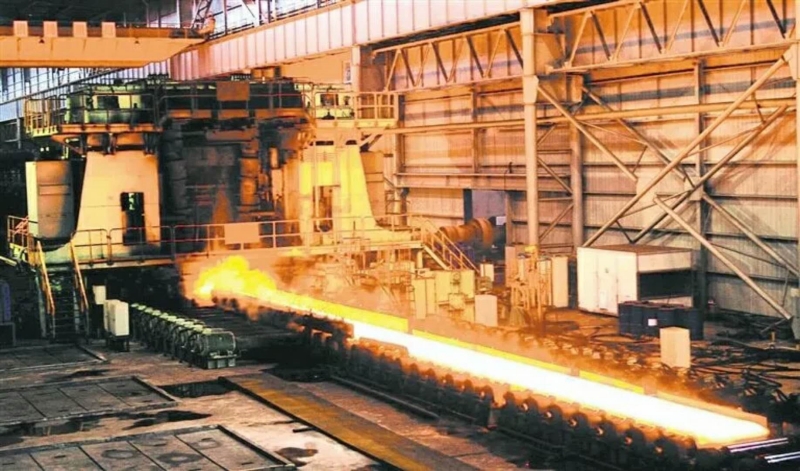QR Code

Steel buildings are an extremely cost-effective and versatile solution for businesses in all industries.While using steel structure buildings such as steel structure warehouses and steel frame buildings, we also need to understand what factors affect the steel structure materials.

1、Chemical composition
2、Impact of metallurgical shortcomings
Common metallurgical drawbacks include segregation, non-metallic admixture, porosity, cracks, delamination, etc., all of which deteriorate the function of steel.
3、Steel hardening
Cold drawing, cold bending, punching, mechanical shear and other cold work so that the steel has a great plastic deformation, and then improve the yield point of steel, together with a decline in the plasticity and resistance of steel, this phenomenon is known as cold hardening or strain hardening.

4、temperature effect
Steel is appropriately sensitive to temperature, and both increases and decreases in temperature cause changes in steel function. In contrast, the low temperature function of steel is more important.
In the positive temperature scale, the general trend is to follow the rise in temperature, steel strength decreases, deformation increases. About 200 ℃ within the steel function does not change greatly, 430 ~ 540 ℃ between the strength (yield strength and tensile strength) a sharp decline; to 600 ℃ when the strength is very low can not bear the load.
In addition, 250 ℃ near the blue brittle phenomenon, about 260 ~ 320 ℃ when there is a creep phenomenon.

Copyright © 2024 Qingdao Eihe Steel Structure Group Co., Ltd. All Rights Reserved.
Links | Sitemap | RSS | XML | Privacy Policy |
TradeManager
Skype
VKontakte
